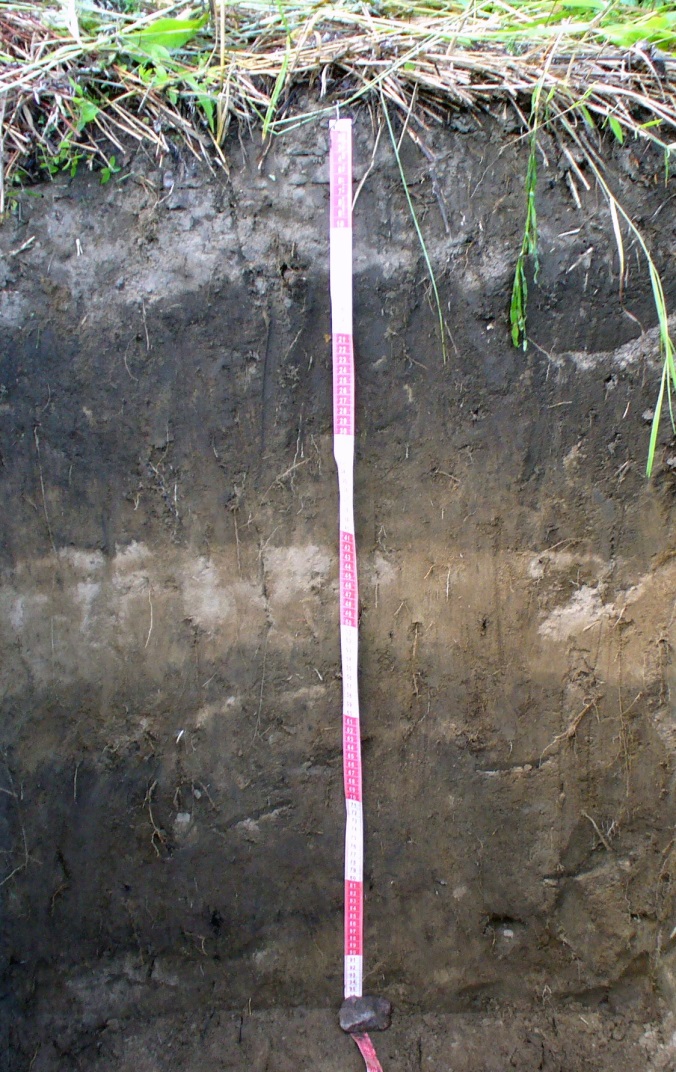Cation exchange capacity of the Amur River floodplain soils: sorption of exchangeable cations by organic matter
DOI:
https://doi.org/10.31251/pos.v2i2.65Keywords:
exchange cations, alluvial soils, Amur River, organic matter, correlation analysisAbstract
The aim of the study. To determine cation exchange capacity (CEC) and the saturation with basic cations of different types of the Amur River floodplain soils and reveal the relationship between CEC and soil organic matter (SOM) content.
Location and time of the study. upper and mid-stream of the Amur River in the period from 2011 to 2015.
Methodology. In this study CEC was estimated as the sum of Ca2+, Mg2+, H+, Al3+. Exchangeable hydrogen and aluminum were determined using 1N KCl. Exchangeable calcium and magnesium were measured by the complexometric method using NH4Cl. The SOM carbon content was determined by dichromate digestion. Correlation was performed by the Pearson method.
Main results. The highest CEC (the average ranging from 16 to 21 cmolc kg-1) was found in Gleyic Histic Fluvisols and residual alluvial soils (Brunic Arenosols and Pluvic Haeozems). Umbric Fluvisols had the lowest CEC ranging from 11 to 13 cmolc kg-1. The base saturation decreased in the range: residual-alluvial soils (Brunic Arenosols and Pluvic Haeozems) (85-95%) - Umbric Fluvisols (70-90%) - Umbric Fluvisols (HypoGleyic) (52-90%) - Gleyic Histic Fluvisols (33-95%). The light-textured young soils had high (>0.75) correlation between SOM and CEC, whereas developed heavy-textured soils showed moderate correlation (0,40-0,70).
Conclusion. Alluvial soils of the Amur River floodplain are characterized by moderate CEC values, mostly with high degree of saturation. The relationship between CEC and SOM is determined by soil granulometric composition and bedrock weathering.
Downloads







